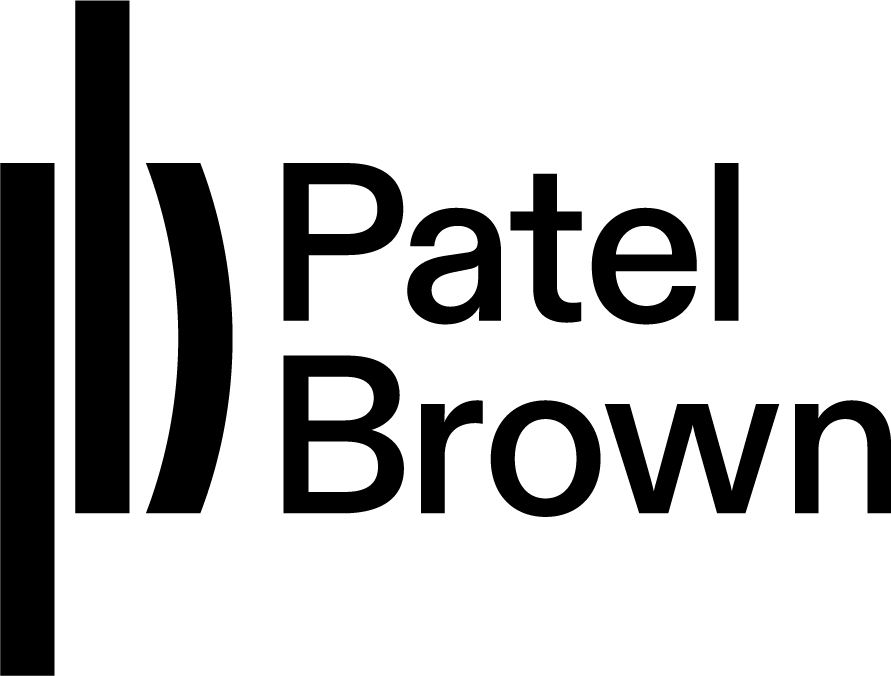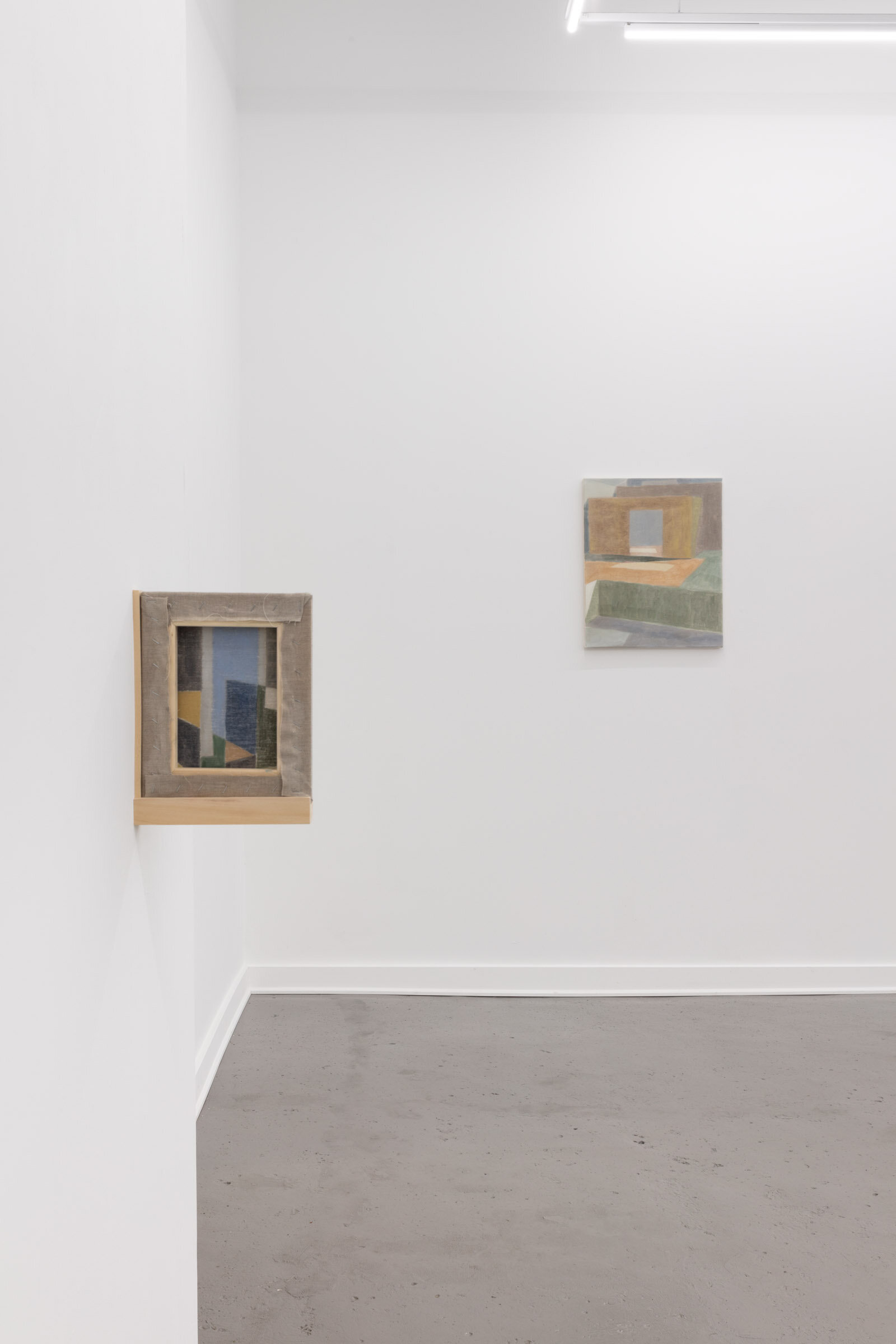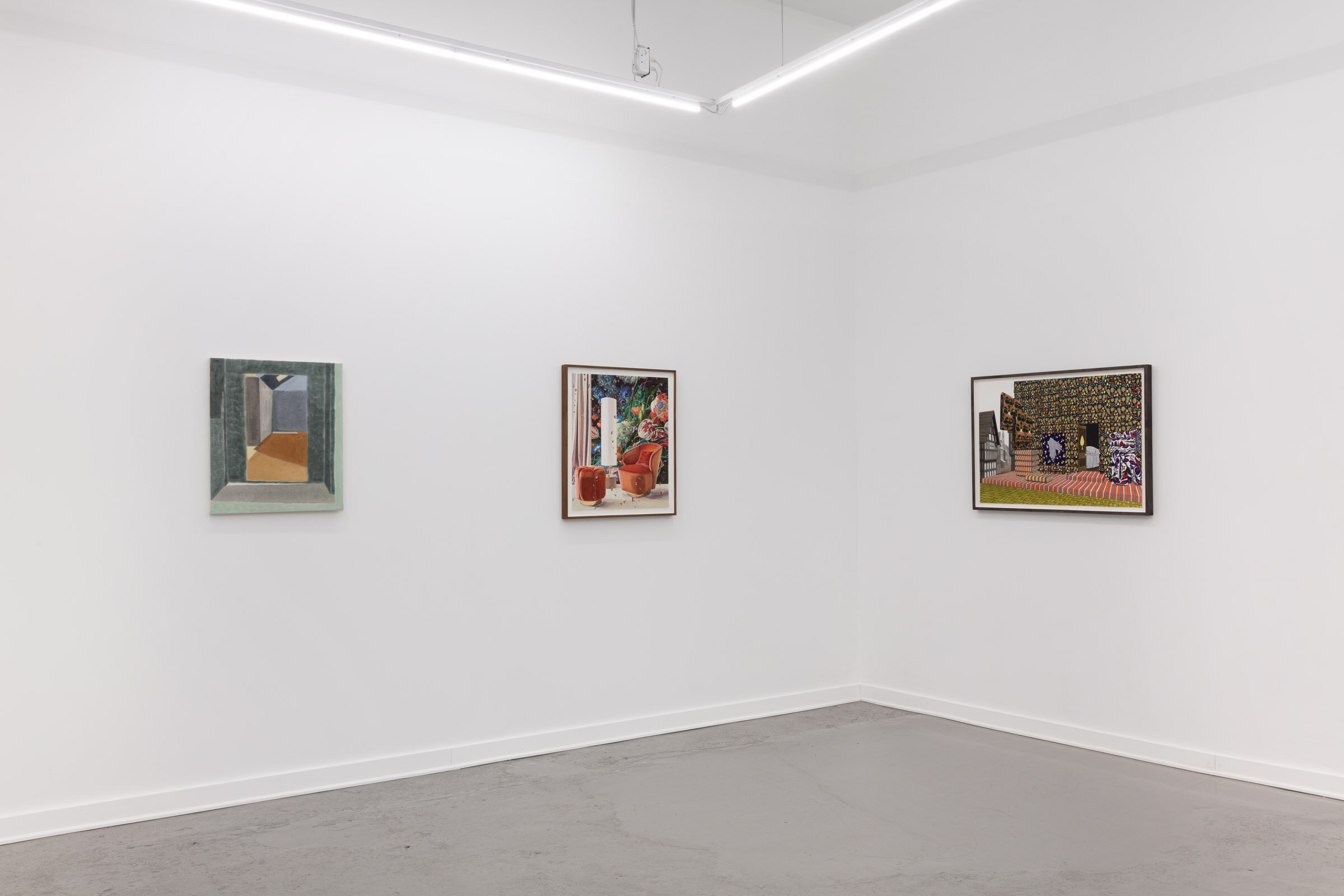Patel brown East | 184 Munro st
Personal space | ella gonzales, tristram lansdowne, and luke painter
april 02 - may 08 2021
Contemporary interiors exist somewhere on a scale between accumulations of images and constructions of real materials. Laminate floors are printed facsimiles of hardwood, the contours of white PVC window frames simulate their wooden antecedents — while the ubiquitous melamine-coated particle board used for kitchen cabinets and other furniture could be described as an image without a material referent. The works in this exhibition conjure unsettled, and sometimes unsettling spaces that address this peculiar condition. Existing in differing degrees of relation to inhabitable locations, these works navigate the terrain between digital rendering, dream-image and place.
In Luke Painter’s intricate ink drawings, twentieth-century textile patterns collide in compositions that are part of his continuing investigation into the zone between pattern and representation. In the shallow, stage-like space of Fabricland Fabricland I, the idea of a landscape is signalled at varying degrees of representational remove. Irregular pebbles — signs of an exterior, natural place — rest on a uniform concrete floor, while textile backdrops take trees and flowers and subject them to the abstracting principles of pattern-making.
The textile store that gives this pair of works its title is turned inside out in Fabricland Fabricland II, its wares relocated to the sidewalk. Painter covers the building’s facade in oversize roof shingles patterned with a 1920s Art Deco textile design, an impossible conjunction of physical object and abstract design. Parquet flooring has spilled out of the interior and is no longer the finely-crafted work of carpenters, but instead an infinitely repeatable image.
Tristram Lansdowne’s watercolours originate from his ongoing collection of images of homes, drawn from real estate listings, design websites and interior product advertisements. These images — sometimes photographs, sometimes digital renderings, sometimes a combination — are further manipulated to uncanny effect. Lansdowne is interested in the ways that computer-aided design functions as a value framework whose proclivities dictate the ways that interior spaces are imagined and subsequently realized. Objects and interiors are increasingly designed in ways that look good in a digital setting, or are easy to make digitally, leading to an infinite feedback loop in which homes look more and more like 3D renderings of themselves.
Lansdowne critiques the elaborate staging and immaculate surfaces of supposedly aspirational homes, underscoring the artifice of their construction. In each of these compositions, the possibility of occupancy is interrupted: in Timeshare, two lounge chairs are curiously wedged up against a fireplace, preventing any potential sitters from taking their place — a site of desire that both welcomes and displaces the viewer. The pristine pink velvet of the chair and footstool in Wet Wipe are held at a distance from us by the droplets on the painting’s surface, which collapse the distinction between image and room by emphasizing the threshold between them.
For Lansdowne and Painter, the artwork’s surface is a space of illusionistic artifice, whereas for Ella Gonzales, the painting is a construction of canvas and stretcher bars to be understood as an object. Mirrored surfaces — the tiles in Painter’s Allsorts and Marbles, or the clinical washroom interior of Lansdowne’s Recovery — serve to absent the viewer, visualizing scenes from which the subject is excluded. In Gonzales’ work, however, mirroring allows multiple potential spaces to coexist. Treating oil paint as a dye or stain, Gonzales lets her pigments soak through unprimed canvas to the reverse side, producing a secondary image that mirrors the one on the front.
Gonzales composes spaces based on rooms in her former family homes in the Philippines, Saudi Arabia and Canada, using 3D modeling software. Based on what she estimates as “60% photographs, 40% memory”, these concretized recollections serve as sources for her paintings. Soft Bedding, for example, is taken from a digital rendering of eight of Gonzales’ childhood bedrooms, collaged together into a dream-space of multiple adjoining rooms that chronicle her family’s experiences of migration. Stripped of their furnishings and belongings, traces of individual occupancy are removed to construct an architecture in which different times and places coexist. These spaces also allow for the possibility of many imagined inhabitants. What memories are contained within the walls of homes that have housed multiple lives?
Gonzales’ rooms give way to abstraction, their geometric planes and limited palettes lending them a decorative, even pattern-like quality. In Painter’s compositions, patterns that once had historical and geographic specificity are stripped of context and collide in a digitally-inflected non-place. In the globalized world of interior design that informs Lansdowne’s works, local traditions and cultures are flattened, resulting in rooms endlessly mirrored in condos from Manila to Riyadh to Toronto. In these artworks, Gonzales, Painter and Lansdowne bring the contemporary interior into focus, framing these spaces as both containers and constructions of memory, desire and ideology.
— Lauren Barnes












